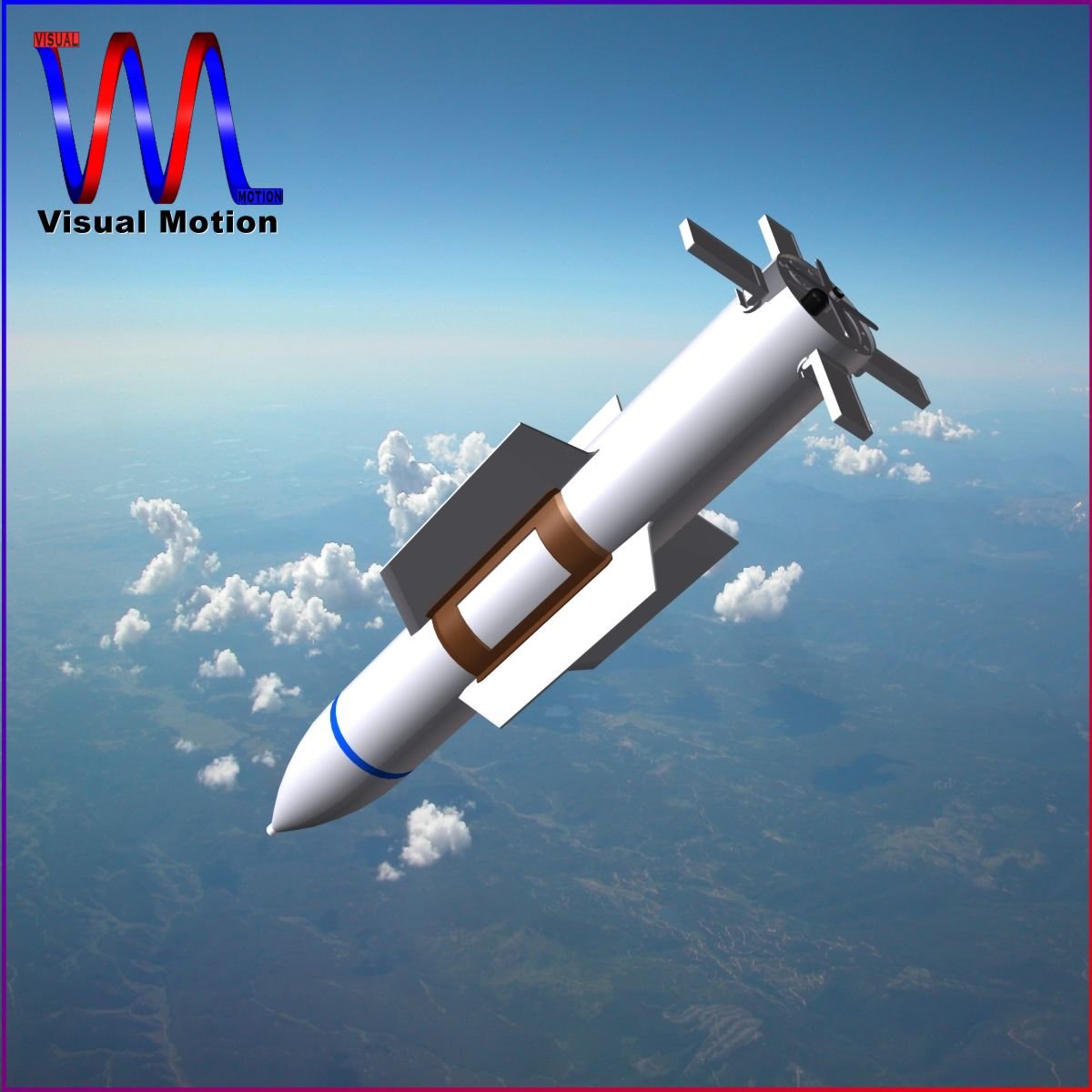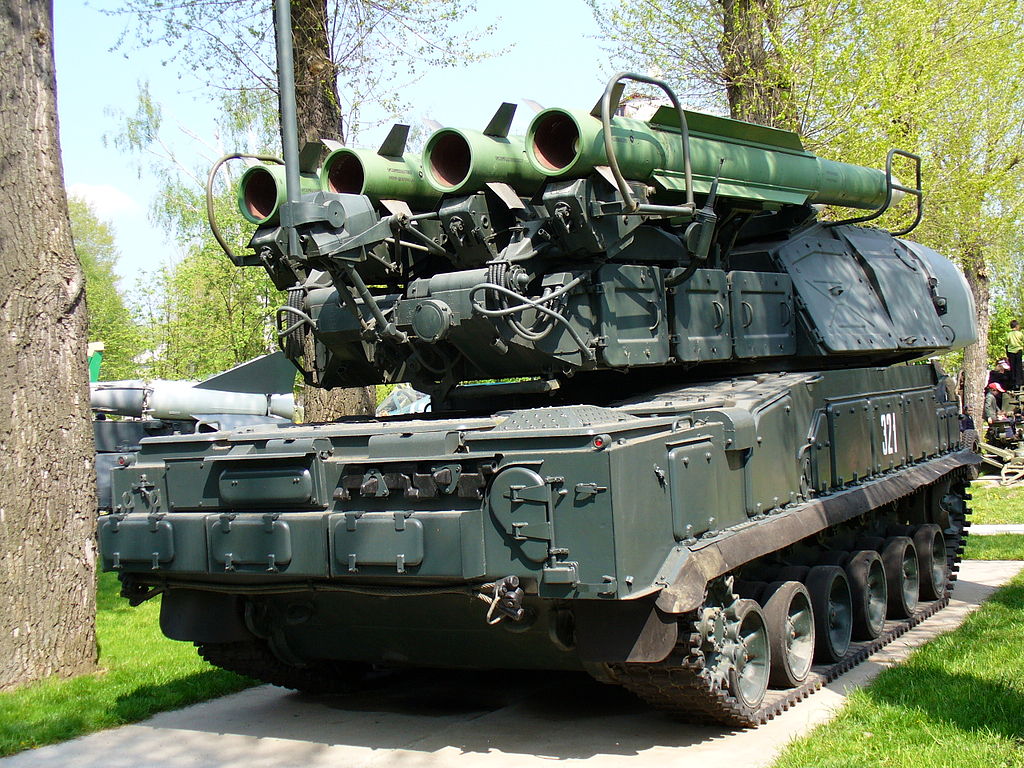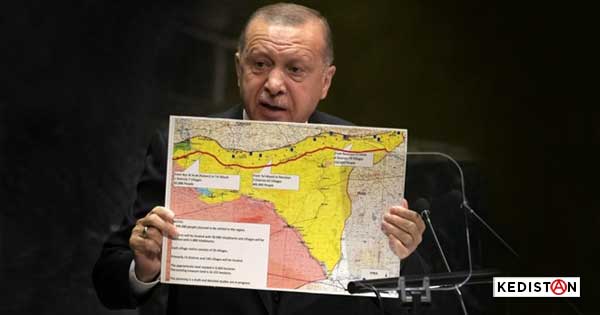It has long been declared by the mullahs of Iran that their nuclear development operation was only for peaceful purposes. Well then why hide it? Associated Press did some good reporting that many other news outlets picked up. This should change the newly formed relationships now in the Middle East and those European leaders need a sobering and honest rethink of Iran.
DUBAI, United Arab Emirates (AP) — Near a peak of the Zagros Mountains in central Iran, workers are building a nuclear facility so deep in the earth that it is likely beyond the range of a last-ditch U.S. weapon designed to destroy such sites, according to experts and satellite imagery analyzed by The Associated Press.
The photos and videos from Planet Labs PBC show Iran has been digging tunnels in the mountain near the Natanz nuclear site, which has come under repeated sabotage attacks amid Tehran’s standoff with the West over its atomic program.
With Iran now producing uranium close to weapons-grade levels after the collapse of its nuclear deal with world powers, the installation complicates the West’s efforts to halt Tehran from potentially developing an atomic bomb as diplomacy over its nuclear program remains stalled.
Completion of such a facility “would be a nightmare scenario that risks igniting a new escalatory spiral,” warned Kelsey Davenport, the director of nonproliferation policy at the Washington-based Arms Control Association. “Given how close Iran is to a bomb, it has very little room to ratchet up its program without tripping U.S. and Israeli red lines. So at this point, any further escalation increases the risk of conflict.”
The construction at the Natanz site comes five years after then-President Donald Trump unilaterally withdrew America from the nuclear accord. Trump argued the deal did not address Tehran’s ballistic missile program, nor its support of militias across the wider Middle East.
But what it did do was strictly limit Iran’s enrichment of uranium to 3.67% purity, powerful enough only to power civilian power stations, and keep its stockpile to just some 300 kilograms (660 pounds).
Since the demise of the nuclear accord, Iran has said it is enriching uranium up to 60%, though inspectors recently discovered the country had produced uranium particles that were 83.7% pure. That is just a short step from reaching the 90% threshold of weapons-grade uranium.
As of February, international inspectors estimated Iran’s stockpile was over 10 times what it was under the Obama-era deal, with enough enriched uranium to allow Tehran to make “several” nuclear bombs, according to the head of the International Atomic Energy Agency.
President Joe Biden and Israel’s prime minister have said they won’t allow Iran to build a nuclear weapon. “We believe diplomacy is the best way to achieve that goal, but the president has also been clear that we have not removed any option from the table,” the White House said in a statement to the AP.
DUBAI, United Arab Emirates (AP) — Near a peak of the Zagros Mountains in central Iran, workers are building a nuclear facility so deep in the earth that it is likely beyond the range of a last-ditch U.S. weapon designed to destroy such sites, according to experts and satellite imagery analyzed by The Associated Press.
The photos and videos from Planet Labs PBC show Iran has been digging tunnels in the mountain near the Natanz nuclear site, which has come under repeated sabotage attacks amid Tehran’s standoff with the West over its atomic program.
With Iran now producing uranium close to weapons-grade levels after the collapse of its nuclear deal with world powers, the installation complicates the West’s efforts to halt Tehran from potentially developing an atomic bomb as diplomacy over its nuclear program remains stalled.
Completion of such a facility “would be a nightmare scenario that risks igniting a new escalatory spiral,” warned Kelsey Davenport, the director of nonproliferation policy at the Washington-based Arms Control Association. “Given how close Iran is to a bomb, it has very little room to ratchet up its program without tripping U.S. and Israeli red lines. So at this point, any further escalation increases the risk of conflict.”
The construction at the Natanz site comes five years after then-President Donald Trump unilaterally withdrew America from the nuclear accord. Trump argued the deal did not address Tehran’s ballistic missile program, nor its support of militias across the wider Middle East.
But what it did do was strictly limit Iran’s enrichment of uranium to 3.67% purity, powerful enough only to power civilian power stations, and keep its stockpile to just some 300 kilograms (660 pounds).
Since the demise of the nuclear accord, Iran has said it is enriching uranium up to 60%, though inspectors recently discovered the country had produced uranium particles that were 83.7% pure. That is just a short step from reaching the 90% threshold of weapons-grade uranium.
As of February, international inspectors estimated Iran’s stockpile was over 10 times what it was under the Obama-era deal, with enough enriched uranium to allow Tehran to make “several” nuclear bombs, according to the head of the International Atomic Energy Agency.
President Joe Biden and Israel’s prime minister have said they won’t allow Iran to build a nuclear weapon. “We believe diplomacy is the best way to achieve that goal, but the president has also been clear that we have not removed any option from the table,” the White House said in a statement to the AP.
The Islamic Republic denies it is seeking nuclear weapons, though officials in Tehran now openly discuss their ability to pursue one.
Iran’s mission to the United Nations, in response to questions from the AP regarding the construction, said that “Iran’s peaceful nuclear activities are transparent and under the International Atomic Energy Agency safeguards.” However, Iran has been limiting access for international inspectors for years.
Iran says the new construction will replace an above-ground centrifuge manufacturing center at Natanz struck by an explosion and fire in July 2020. Tehran blamed the incident on Israel, long suspected of running sabotage campaigns against its program.
Tehran has not acknowledged any other plans for the facility, though it would have to declare the site to the IAEA if they planned to introduce uranium into it. The Vienna-based IAEA did not respond to questions about the new underground facility.
The new project is being constructed next to Natanz, about 225 kilometers (140 miles) south of Tehran. Natanz has been a point of international concern since its existence became known two decades ago.
Protected by anti-aircraft batteries, fencing and Iran’s paramilitary Revolutionary Guard, the facility sprawls across 2.7 square kilometers (1 square mile) in the country’s arid Central Plateau.
Bunker buster developed in the United States, which would take several to deal with this hidden nuclear facility.







